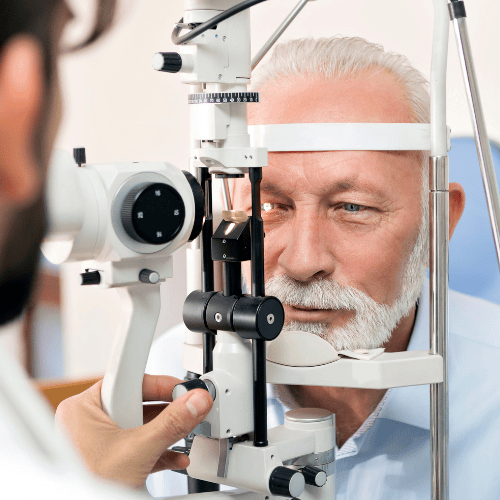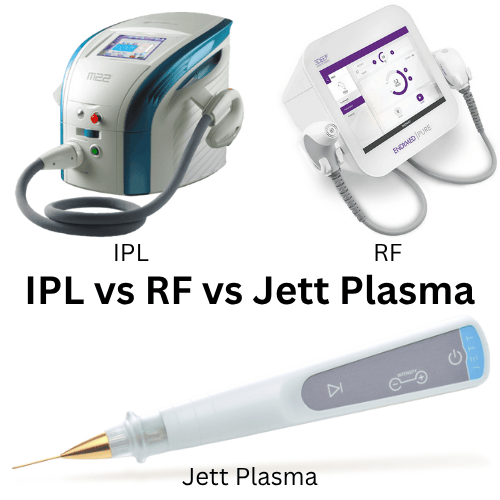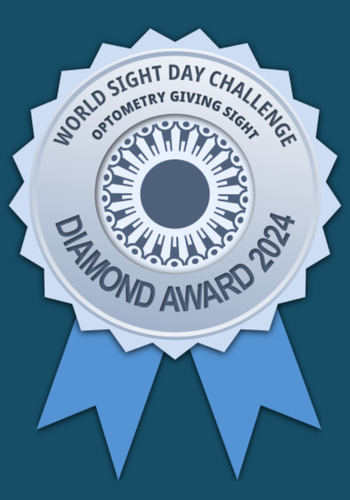DEALING WITH “EYE FLOATERS”? HERE ARE 3 TREATMENTS YOU SHOULD KNOW ABOUT

“Eye floaters” is a term used to describe faint images or shadows, usually seen more prominently under brightly lit conditions. There are several different causes for floaters, and they may be present since birth, or acquired over time. In each case they result from small opacities suspended within the eyeball. Most often they are just a nuisance, rarely they can be debilitating and interfere with clear vision or the ability to perform certain tasks.
Are floaters harmful to my vision?
If you have not seen one of our optometrists to determine the cause of your floaters, you should book an appointment. If you have a sudden onset of new floaters, light flashes, or a recent change in the appearance of floaters, you should be seen urgently as this may be associated with a retinal tear or detachment. Call us at 403-286-0888 Crowfoot office or 403-851-2020 Cochrane office.
Can floaters be treated? Here is a description of three known treatments for eye floaters.
- Vitreolysis: Vitreolysis is a procedure where a laser is used to break up floaters within the eye. The laser is applied in brief pulses through a specially designed contact lens applied to the front of the eye. The procedure takes 20-30 minutes and there is no anesthetic or sedation necessary. Not all types of eye floaters may be treated with this process. Due to the adverse effects associated with vitreolysis, including cataracts, glaucoma, and retinal damage, this procedure is controversial. It is performed in a few US states but not yet in Canada.
- Vitrectomy: During a vitrectomy, the entire contents of the inside of the eye (vitreous gel) are removed during a surgical procedure and replaced with a synthetic compound. Anesthesia is required (either local or general). While commonly performed for conditions such as diabetic retinopathy, macular hole and other eye diseases, it’s not commonly done when floaters are the only issue. This is because of the possible associated complications such as retinal detachment.
- Consuming Pineapple: A study in 2019 out of Taiwan suggested that eating pineapple was associated with a reduction in the number of floaters seen by participants. The reasoning was that pineapple contains an enzyme called “bromelain” which has been shown to break down proteins such as collagen. As some of the components of the vitreous gel within the eyeball contain collagen, it was proposed that the consumption of pineapple helps to break apart the collagen-based opacities that cause floaters. While the premise is interesting, there are several problems with the study that question the conclusions. Also, collagen is abundant elsewhere in our bodies (in tissues such as skin, bone, and muscle) so it’s doubtful that consuming pineapple would only target the floaters within our eyes and not break down collagen elsewhere.
So, unfortunately, for the time being there is not enough evidence to recommend the consumption of pineapple to get rid of floaters.
While there are no widely accepted treatments for eye floaters, research is underway, and we may soon have a safe and effective solution for this common condition. Stay tuned for updates which will be posted as soon as available.
Resources: https://www.mcgill.ca/oss/article/health-and-nutrition/pineapple-eye-floaters-sweet-deal-or-pipe-dream











